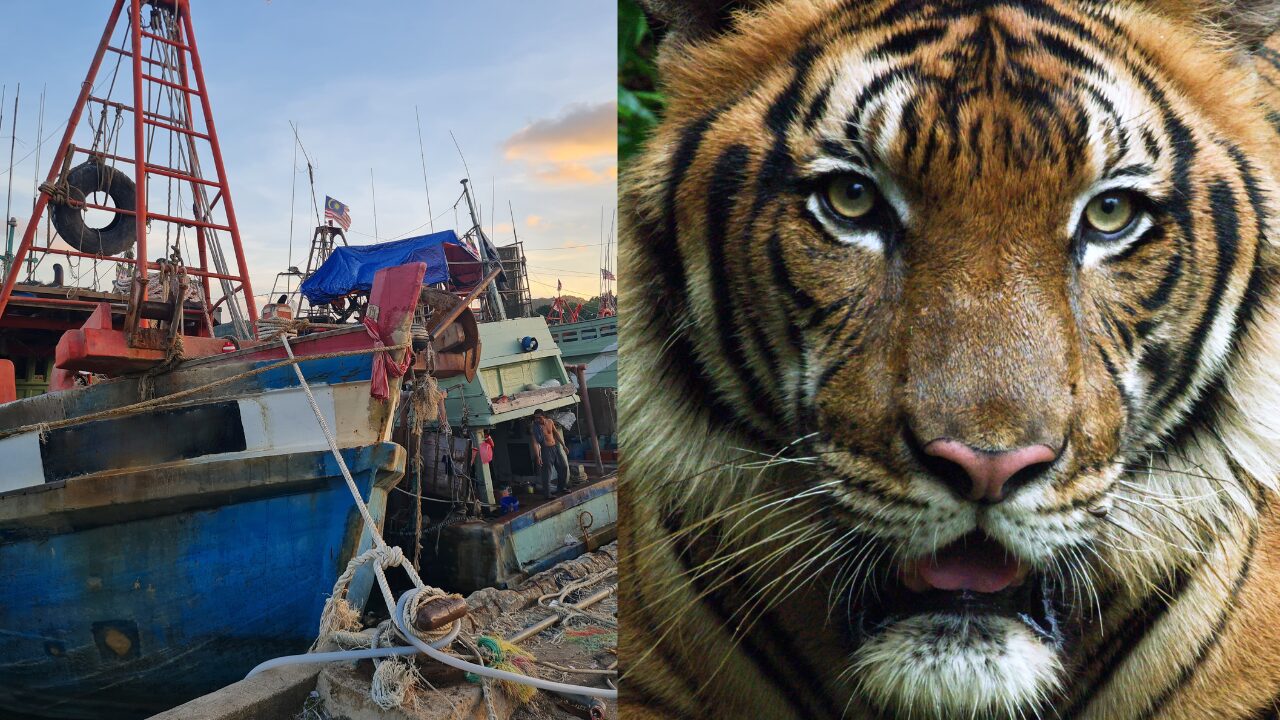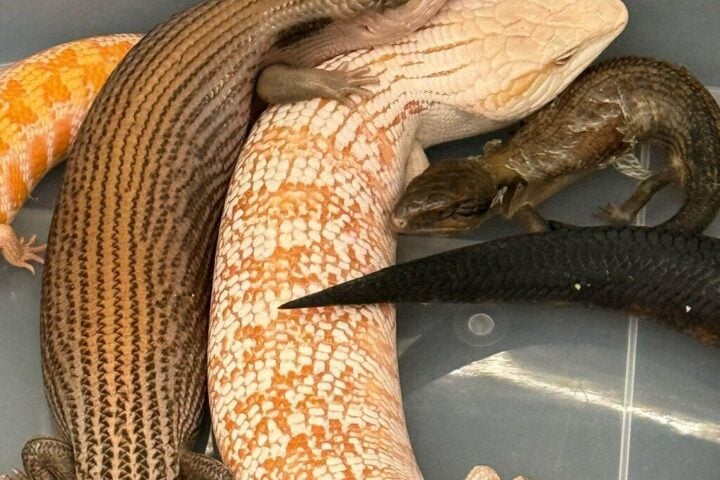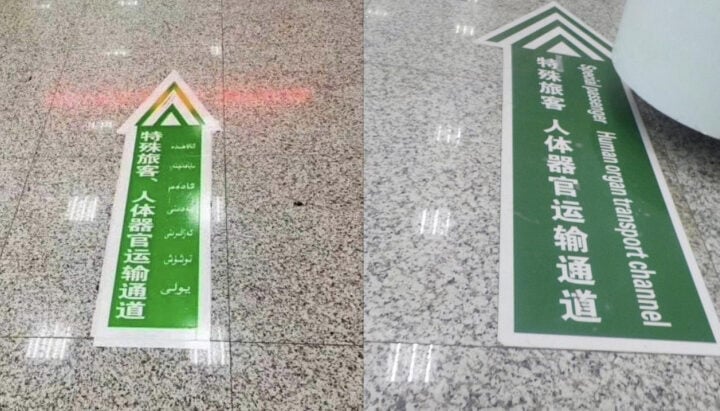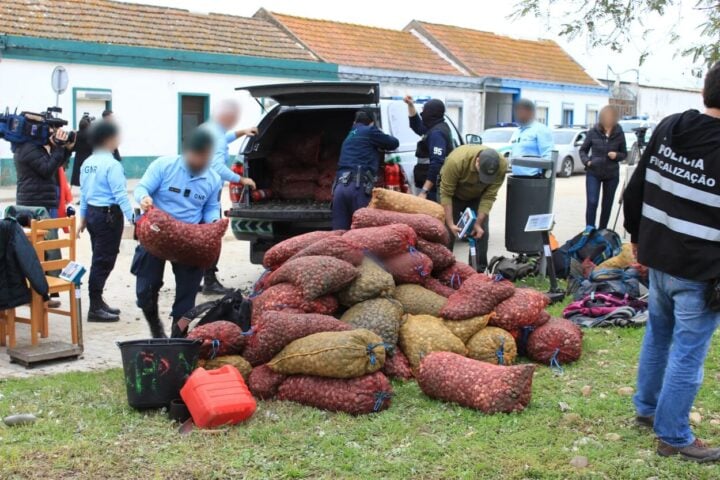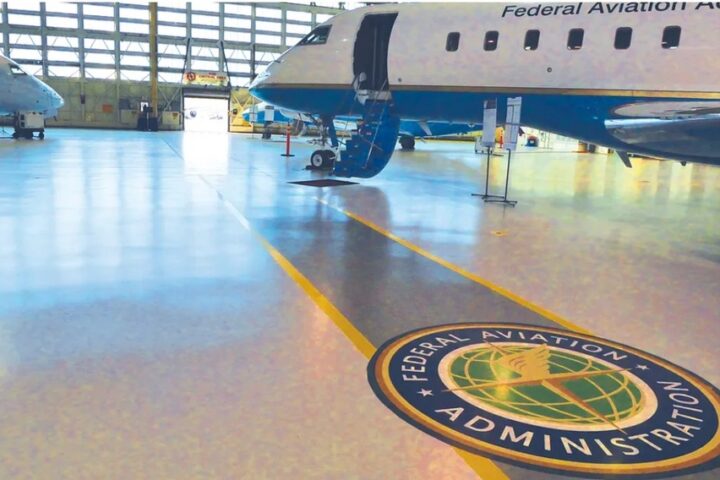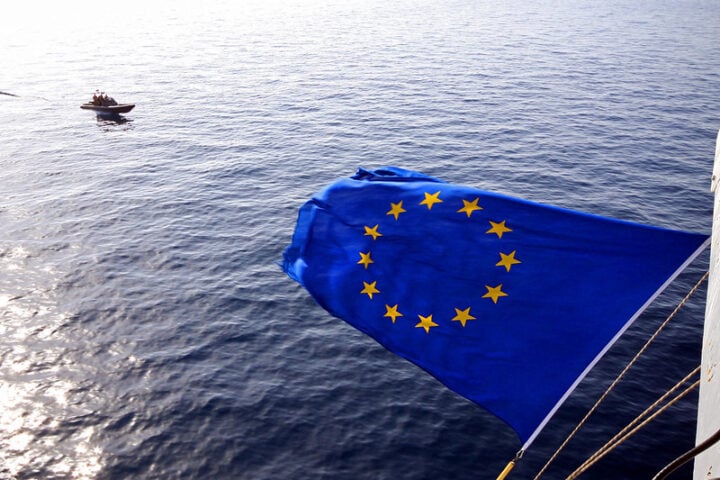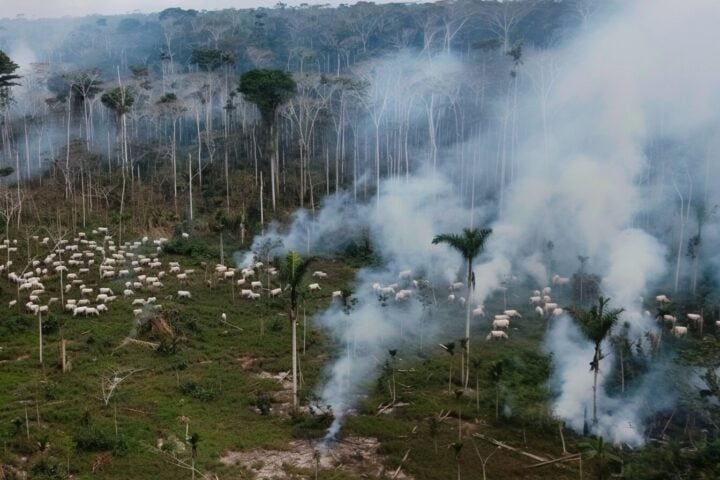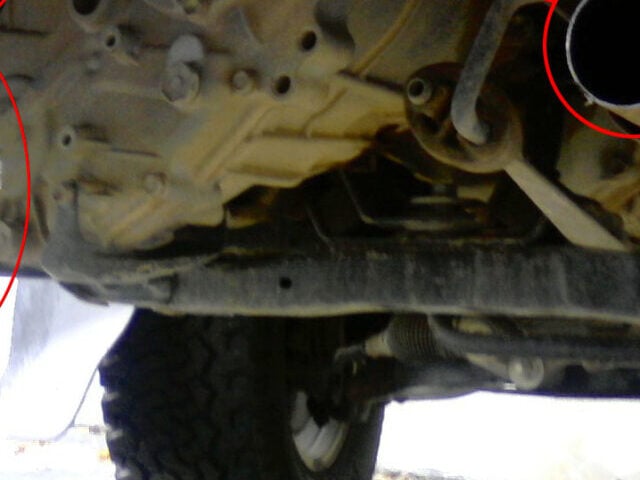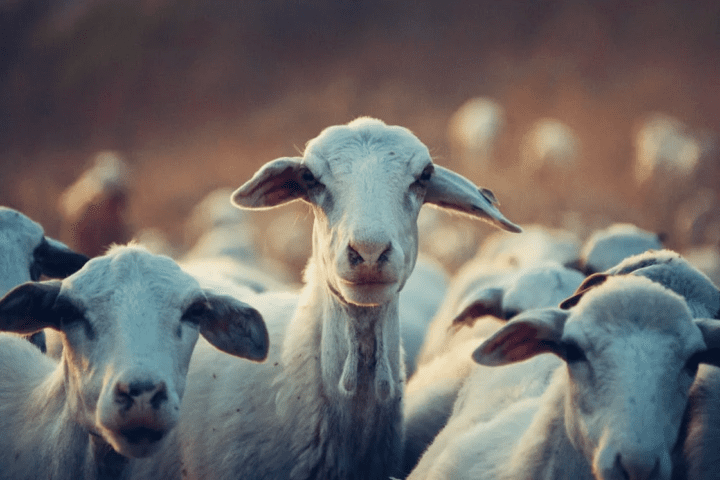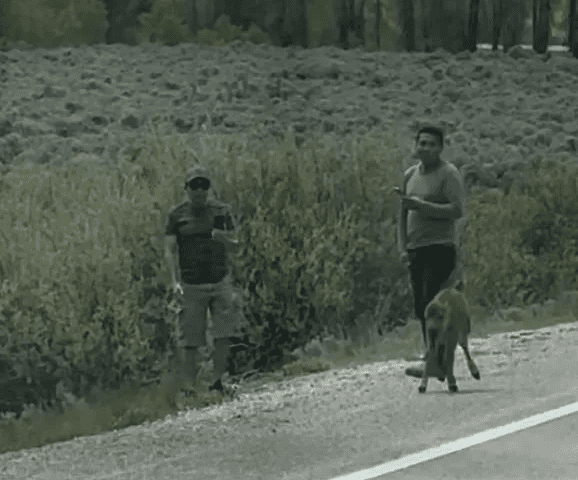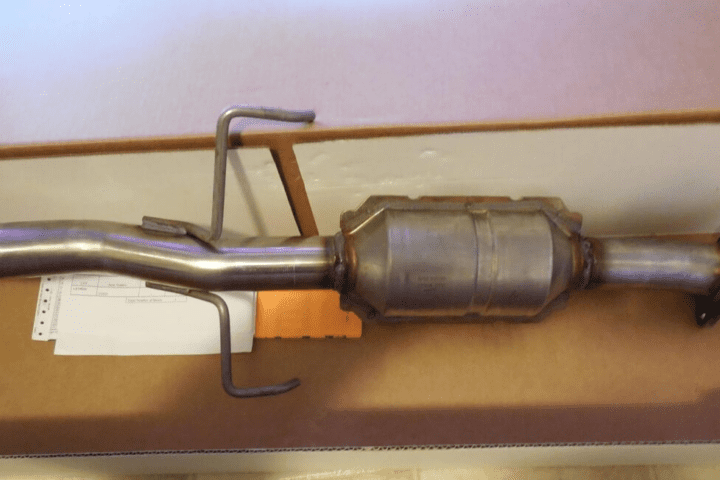Tigers and trawlers make for an unlikely combination, but recent research exposes how commercial fishing vessels have become pivotal enablers in the disappearing crisis of Malayan.
A study released by Panthera, the Jeffrey Sachs Center at Sunway University, and the Zoological Society of London (ZSL) has mapped out how fishing boats create a maritime “poacher’s highway” between Malaysia and Vietnam.
“To really crack a problem and insert the right intervention that’s going to have any impact, you have to understand the thing inside out,” explains Dr. Rob Pickles, Panthera’s Counter-Wildlife Crime Research Lead and the study’s principal author.
The research team interviewed 53 individuals directly involved in the trafficking chain—poachers, transporters, brokers, traders, and consumers—unveiling how both small coastal vessels and industrial deepwater fleets smuggle tiger parts along with bear paws, civets, pangolins, and other wildlife contraband.
The statistics paint a bleak picture for the Malayan tiger (Panthera tigris jacksoni). From approximately 3,000 tigers prowling peninsular Malaysia’s forests in the mid-20th century, fewer than 150 remain today. This critically endangered subspecies faces multiple existential threats: habitat fragmentation, canine distemper virus, declining prey as African swine fever decimates wild boar populations, and relentless poaching pressure.
Similar Posts
“It’s their last gasp,” Pickles told AP in a phone interview from Kuala Lumpur. “This is the last chance to turn things around.”
The study reveals that Vietnamese poaching teams operate at a “different order of magnitude” compared to poachers from Malaysia, Cambodia, and Thailand. Almost exclusively from Vietnam’s impoverished Quang Binh province—a region that evaded American bombing during the Vietnam War. These teams employ heavy-duty steel snares with wire—as thick as a person’s index finger—to trap tigers.
These poaching expeditions typically span three to five months in Malaysian forests. After capture, tigers are killed and processed primarily for their bones. These undergo days-long boiling until they transform into a “gelatinous, glue-like substance” pressed into small blocks sold for supposed medicinal benefits. Claws and teeth become amulets in the illegal wildlife trade.
The maritime trafficking routes exploit built-in advantages of fishing vessels: capacity for larger shipments, cost-effectiveness, and reduced customs scrutiny. “Nobody checks,” one interviewed trafficker bluntly stated. “In addition, people can go back by boat so many things also can be brought back by this route.”
Boat owners often operate multiple vessels, including large factory ships that remain at sea for months, serviced by smaller fishing boats. Wildlife products typically hide beneath fish and ice—places rarely inspected by authorities.
The study connects diminishing fisheries profits to increased wildlife trafficking. Boat owners diversify into illicit activities while exploiting minimal oversight of migrant workers in the region’s fishing industry. This creates ideal conditions for forced labor aboard vessels in the South China Sea.
“Criminal groups are entrepreneurial and adaptive and can capitalize on emerging opportunities. Understanding how and where these networks converge provides law enforcement agencies with a wider range of options for disrupting wildlife trafficking and recovering the tiger,” says Pickles.
Vietnamese poachers frequently accumulate substantial debt financing their expeditions to Malaysia, forcing them to undertake multiple poaching trips before breaking even financially—a cycle that increases tiger killing. The researchers documented how “indentured migrant workers sometimes became poachers; prostitutes sidelined as wildlife traders; illegal fishermen sidelined as people- and wildlife-smugglers.”
Both Malaysia and Vietnam have recently strengthened maritime controls, increasing risks for wildlife trafficking via fishing vessels. Vietnam has deployed fisheries control boats and implemented the Boat Monitoring System (VMS) to track vessel movements.
Malaysian authorities have also improved poacher capture rates and substantially increased wildlife crime penalties. However, the study found that network managers who coordinate poaching operations rarely face capture and easily recruit replacements.
The researchers emphasize that enforcement alone cannot solve the problem. They recommend targeting potential poachers in their home villages in Quang Binh with information about increasing risks and diminishing returns from poaching.
“We can’t arrest our way out of a problem or over-rely on the criminal justice system,” said ZSL’s Dr. Gopalasamy Reuben Clements, a study co-author. “We need to explore other approaches, such as highly targeted behavioral change interventions, that can run in parallel to arrests and prosecutions.”
Deep-sea vessels operating for months, traversing vast distances, easily concealing illegal cargo—combined with minimal detection risk and weak sanctions—create ideal conditions for wildlife smuggling.
Frequently Asked Questions
The Malayan tiger (Panthera tigris jacksoni) is critically endangered, with fewer than 150 individuals remaining in the wild today, down from approximately 3,000 in the mid-20th century. They face multiple existential threats including habitat fragmentation, disease (canine distemper virus), declining prey populations due to African swine fever affecting wild boars, and intense poaching pressure primarily from Vietnamese teams.
Fishing vessels have become a crucial part of wildlife trafficking networks, creating a maritime “poacher’s highway” between Malaysia and Vietnam. Both small coastal vessels and industrial deepwater fleets smuggle tiger parts along with other wildlife contraband. These boats offer several advantages for traffickers: capacity for larger shipments, cost-effectiveness, reduced customs scrutiny, and the ability to hide wildlife products beneath fish and ice—areas rarely inspected by authorities.
According to the research, Vietnamese poaching teams operate at a “different order of magnitude” compared to poachers from other countries in the region. These teams come almost exclusively from Vietnam’s impoverished Quang Binh province. They employ heavy-duty steel snares with wire as thick as a person’s index finger to trap tigers. Their poaching expeditions typically last three to five months in Malaysian forests, after which they process the tigers primarily for their bones, claws, and teeth.
After capture, tigers are killed and processed primarily for their bones, which undergo days-long boiling until they transform into a “gelatinous, glue-like substance.” This substance is then pressed into small blocks and sold for supposed medicinal benefits in traditional medicine markets. The claws and teeth become amulets in the illegal wildlife trade. These products are then smuggled, often via fishing vessels, to their destination markets.
Both Malaysia and Vietnam have recently strengthened maritime controls to increase risks for wildlife trafficking via fishing vessels. Vietnam has deployed fisheries control boats and implemented the Boat Monitoring System (VMS) to track vessel movements. Malaysian authorities have improved poacher capture rates and substantially increased wildlife crime penalties. However, researchers emphasize that enforcement alone cannot solve the problem and recommend additional approaches such as targeted behavioral change interventions in poachers’ home villages.
Fishing vessels create ideal conditions for wildlife smuggling for several reasons: they can operate for months at sea, traverse vast distances, easily conceal illegal cargo beneath fish and ice, face minimal detection risk, and typically receive weak sanctions if caught. Additionally, diminishing fisheries profits have led boat owners to diversify into illicit activities, while the minimal oversight of migrant workers in the fishing industry creates conditions that can facilitate both wildlife trafficking and forced labor.
